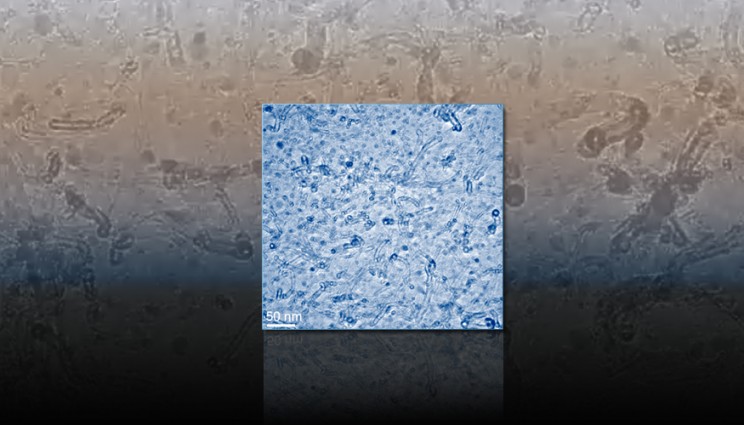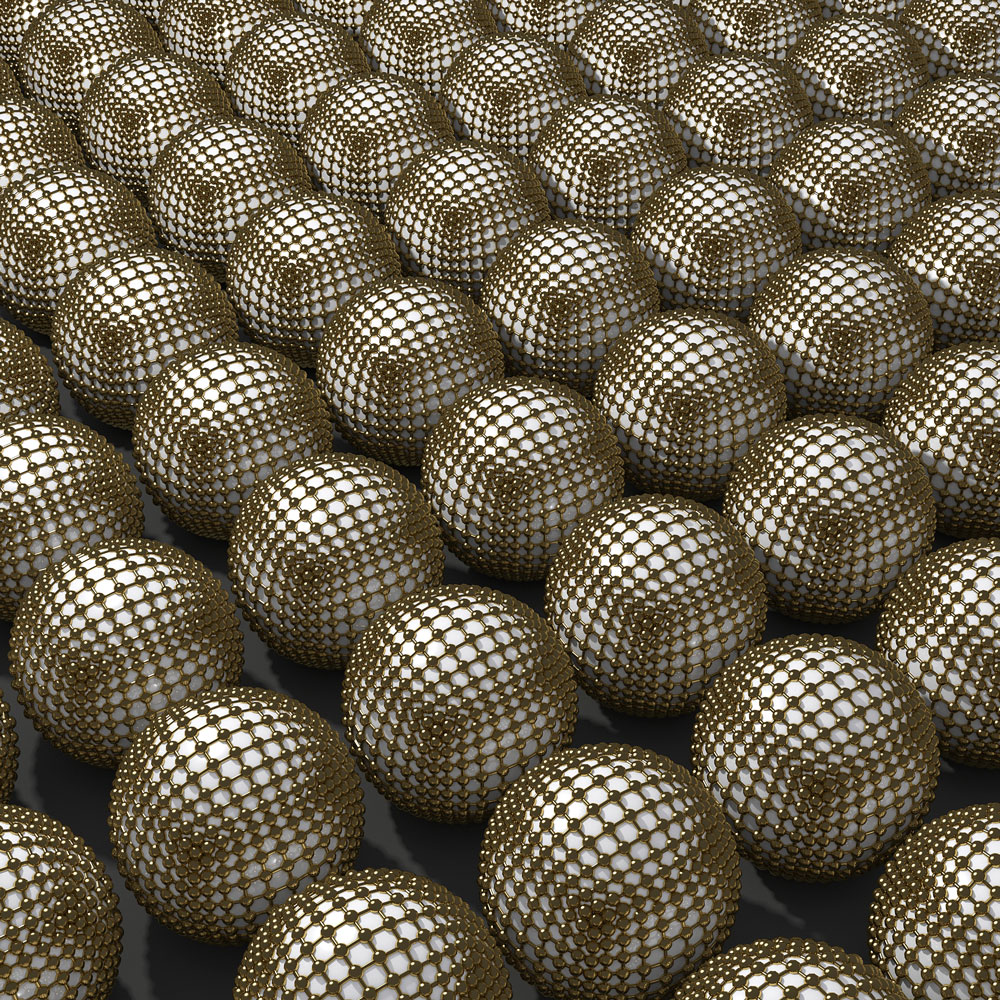This research may help to commercialize use of carbon nanotubes (CNTs), a ‘magical’ nanoscale material with great promise and great difficulties (standardizing production being one of the main difficulties). A Feb. 10, 2017 news item on phys.org describes how researchers at the Lawrence Livermore National Laboratory (LLNL) and other collaborators have recorded carbon nanotubes self-organizing,
For the first time, Lawrence Livermore National Laboratory scientists and collaborators have captured a movie of how large populations of carbon nanotubes grow and align themselves.
Understanding how carbon nanotubes (CNT) nucleate, grow and self-organize to form macroscale materials is critical for application-oriented design of next-generation supercapacitors, electronic interconnects, separation membranes and advanced yarns and fabrics.
A Feb. 9, 2017 LLNL news release, which originated the news item, provides more information about the research (Note: Links have been removed),
New research by LLNL scientist Eric Meshot and colleagues from Brookhaven National Laboratory (link is external) (BNL) and Massachusetts Institute of Technology (link is external) (MIT) has demonstrated direct visualization of collective nucleation and self-organization of aligned carbon nanotube films inside of an environmental transmission electron microscope (ETEM).
In a pair of studies reported in recent issues of Chemistry of Materials (link is external) and ACS Nano (link is external), the researchers leveraged a state-of-the-art kilohertz camera in an aberration-correction ETEM at BNL to capture the inherently rapid processes that govern the growth of these exciting nanostructures.
Among other phenomena discovered, the researchers are the first to provide direct proof of how mechanical competition among neighboring carbon nanotubes can simultaneously promote self-alignment while also frustrating and limiting growth.
“This knowledge may enable new pathways toward mitigating self-termination and promoting growth of ultra-dense and aligned carbon nanotube materials, which would directly impact several application spaces, some of which are being pursued here at the Laboratory,” Meshot said.
Meshot has led the CNT synthesis development at LLNL for several projects, including those supported by the Laboratory Directed Research and Development (LDRD) program and the Defense Threat Reduction Agency (link is external) (DTRA) that use CNTs as fluidic nanochannels for applications ranging from single-molecule detection to macroscale membranes for breathable and protective garments.
Here’s a link to and a citation for the both of the papers mentioned in the news release,
Measurement of the Dewetting, Nucleation, and Deactivation Kinetics of Carbon Nanotube Population Growth by Environmental Transmission Electron Microscopy by Mostafa Bedewy, B. Viswanath, Eric R. Meshot, Dmitri N. Zakharov, Eric A. Stach, and A. John Hart. Chem. Mater., 2016, 28 (11), pp 3804–3813 DOI: 10.1021/acs.chemmater.6b00798 Publication Date (Web): May 23, 2016
Copyright © 2016 American Chemical Society
Real-Time Imaging of Self-Organization and Mechanical Competition in Carbon Nanotube Forest Growth by Viswanath Balakrishnan, Mostafa Bedewy, Eric R. Meshot, Sebastian W. Pattinson, Erik S. Polsen, Fabrice Laye, Dmitri N. Zakharov, Eric A. Stach, and A. John Hart. ACS Nano, 2016, 10 (12), pp 11496–11504 DOI: 10.1021/acsnano.6b07251 Publication Date (Web): November 23, 2016
Copyright © 2016 American Chemical Society
Both papers are behind a paywall.
The researchers have also provided this image which allows you to appreciate the difference between a ‘scientific’ version of the work and an artistic version,

